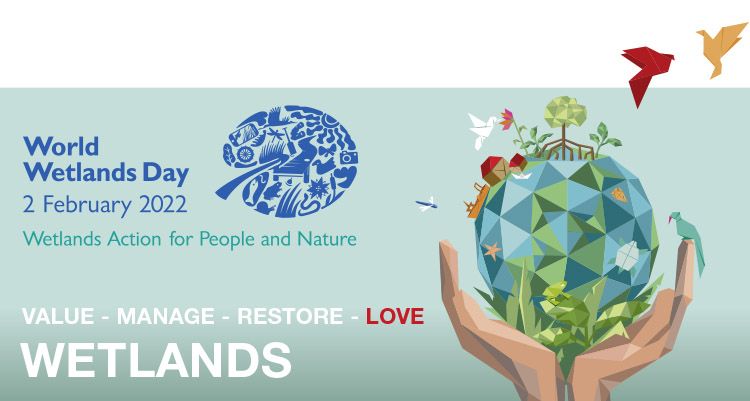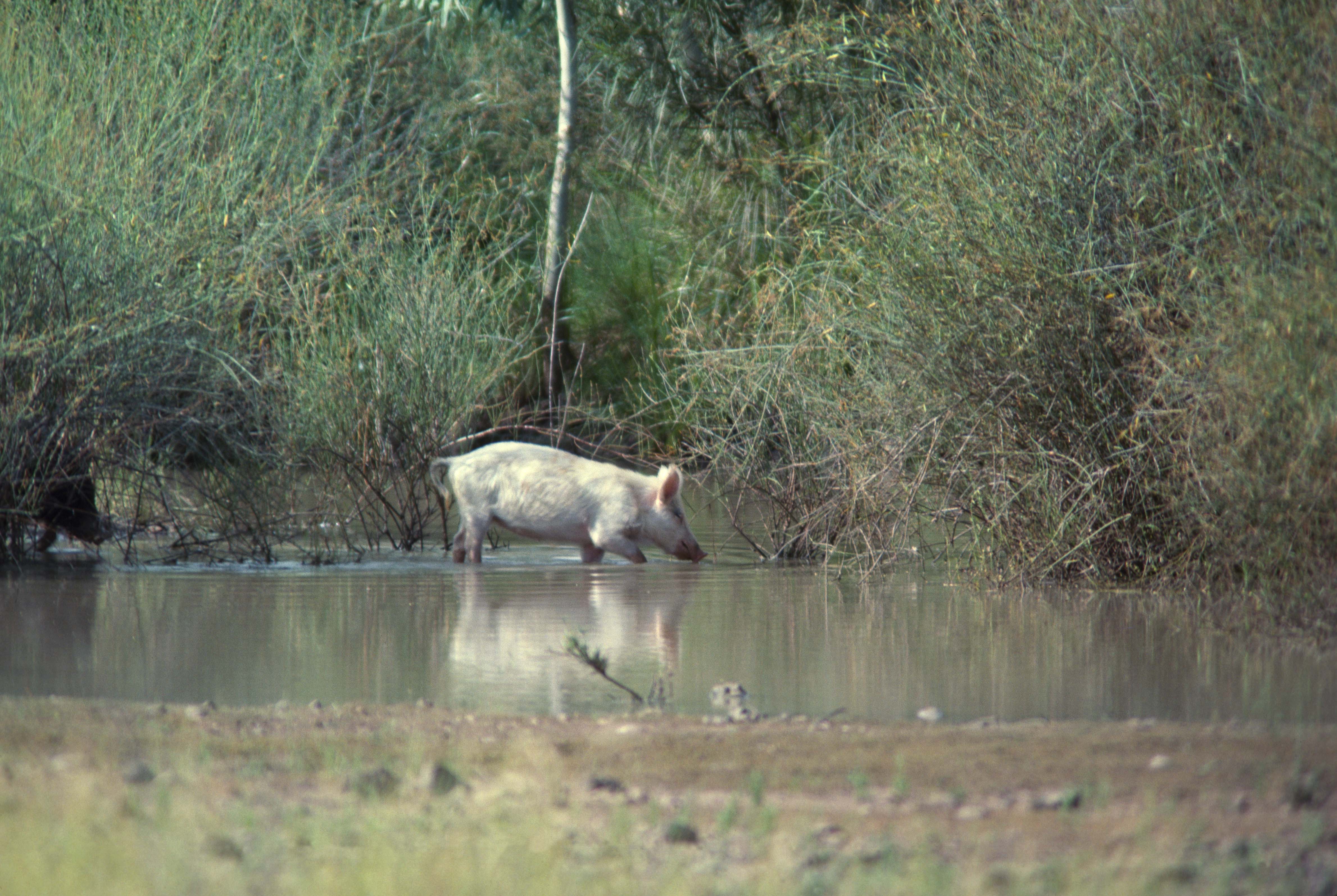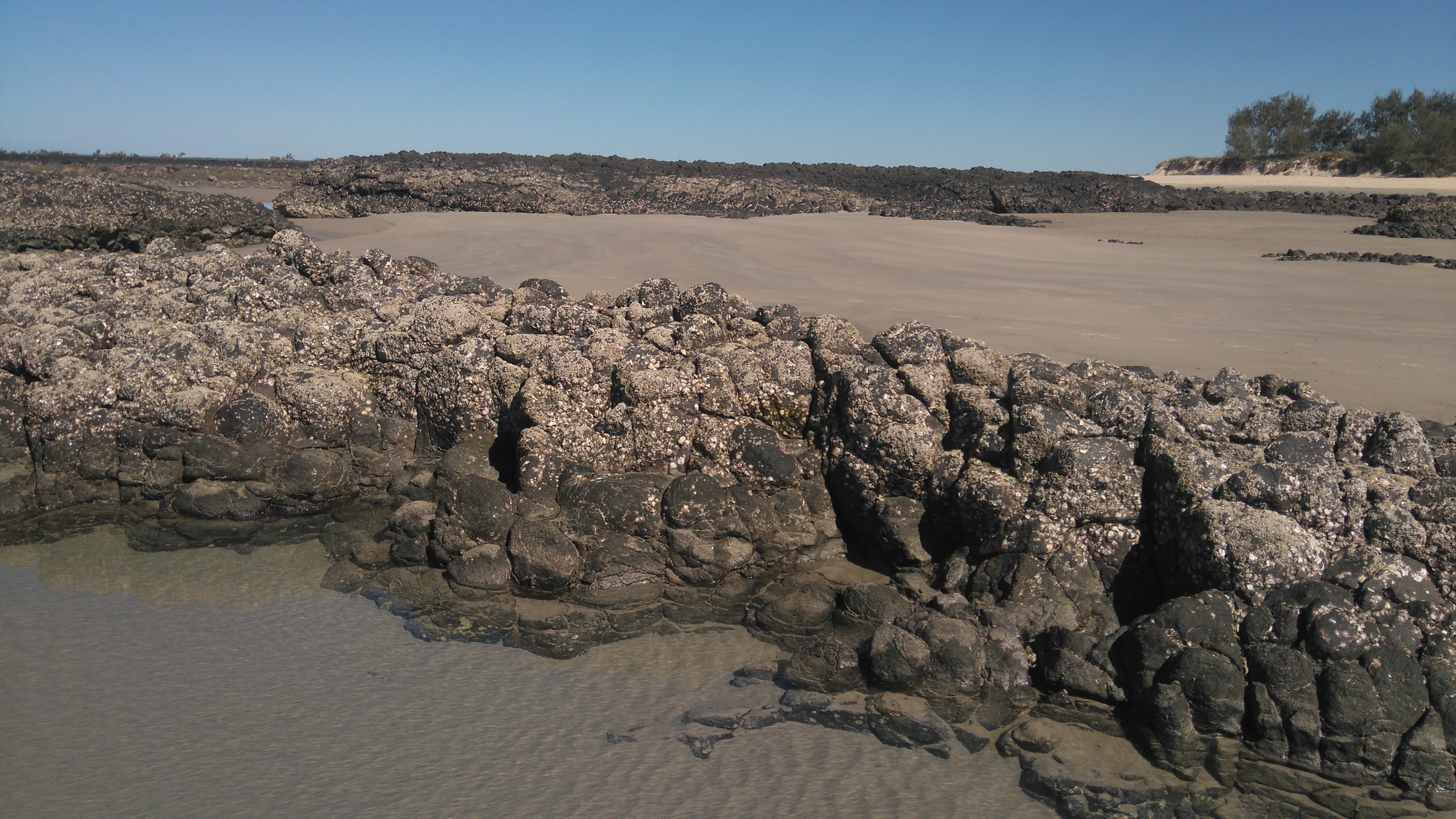|
|
WetlandUpdate February 2022World Wetlands Day 2022
This year’s theme is ‘Wetlands Action for People and Nature’ with the message 'Value – Manage- Restore – Love - Wetlands'. A call to take action for wetlands is the focus of this years’ campaign. It's an appeal to invest financial, human and political capital to save the world’s wetlands from disappearing and to restore those we have degraded. Information materials to support outreach activities for World Wetlands Day 2022 are now available to download from the Ramsar Convention website at https://www.worldwetlandsday.org/. Information materials to download includes:
Also available are a Children's colouring poster, a T-shirt design and logos as well as InDesign files to facilitate translation into other languages. Updated Feral Pig pagesThe Feral Pigs page has been updated to include information on impacts to ecological values of wetlands from feral pigs, impacts to native wetland animals, impacts to water quality and the impacts to social values of wetlands. Information has also been added to the Feral pigs page in the Ecology section. 
Updates to the Assessment Toolbox Updates to a fish barrier prioritisation methodology (Landscape Scale/Coastal) to reflect a refinement of the methodology in a recent study in the Herbert and Murray catchments by Catchment Solutions[1]. A new entry was added, related to the updated methodology, Fish Barrier Prioritisation (Landscape Scale Coastal, no economic analysis) and updates made to Fish Barrier Prioritisation (Landscape Scale Coastal, with economic analysis) to reflect the differences in using an economic scoring of barrier remediation costs. UpdatesUpdated layers on WetlandMaps and WetlandSummary
Updated Wetland Projects Search ToolAdditional projects have been added to the wetland projects search tool including a number from Burnett Mary Regional Group for Natural Resource Management Ltd. (BMRG). Additional links
WetlandUpdateThe WetlandUpdate is a regular bulletin sent to subscribers to provide you with the latest WetlandInfo resources and tools, as well as case studies, video information and new project fact sheets. WetlandInfo feedback and improvementsContact us via email for feedback, information or questions about wetlands. WetlandInfo feature speciesThe feature species for December is the Sydney Rock Oyster, Saccostrea glomerata. Saccostrea glomerata is a species of oyster endemic to Australia and New Zealand. They are usually found in the intertidal zone, growing on intertidal rocky shores including rock platforms, and can tolerate a range of salinities (halotolerant). They often form in mollusc communities where they help form shellfish reefs. Shellfish reefs provide, modify and maintain habitats for a number of other species, and provide a range of ecosystem services including food provision, fish and invertabrate habitat, water filtration, fish production and shoreline protection. Saccostrea glomerata are broadcast spawners, where eggs and sperm are released into open water where fertilisation occurs. Within hours of fertilisation, the eggs develop into free-swimming planktonic larvae. The larvae develop retractable feet and transparent shell, while searching for a suitable site to attach to. Once attached, the shell darkens, and the larval foot is reabsorbed. Oysters are filter feeders, filtering planktonic algae from the water. Birds, fish, stringrays, mud crabs and starfish all eat Saccostrea glomerata, including the Australian pied oystercatcher. Saccostrea glomerata is also commercially farmed in Australia. Additional informationThis section is updated regularly, so stay tuned for more!References
Last updated: 28 January 2022 This page should be cited as: Department of Environment, Science and Innovation, Queensland (2022) WetlandUpdate February 2022, WetlandInfo website, accessed 8 May 2025. Available at: https://wetlandinfo.des.qld.gov.au/wetlands/resources/publications/latest-news/2021-12-15.html |

 — Department of the Environment, Tourism, Science and Innovation
— Department of the Environment, Tourism, Science and Innovation


